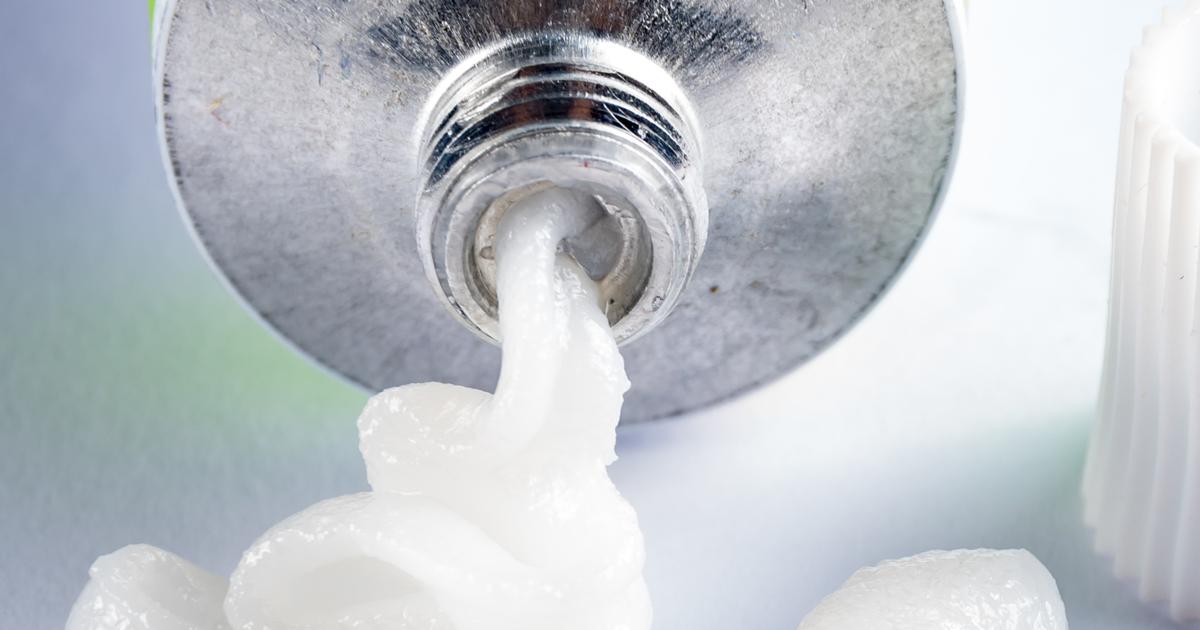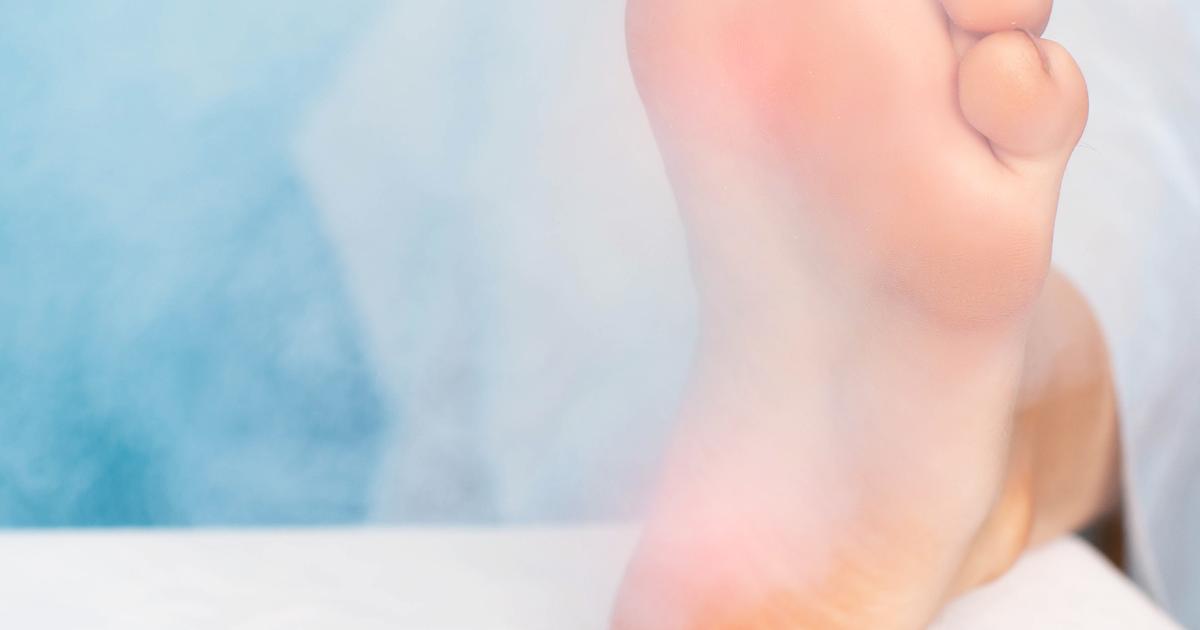How To Treat Plantar Warts
Plantar warts occur when small growths develop on the heels or the other areas of the feet that bear weight. The pressure might cause the warts to grow inward into the skin rather than on the surface. In these cases, they will develop below a hard callus on the sole of the foot. The majority of warts aren't serious health concerns, and they tend to go away eventually without treatment. If the warts are causing discomfort, pain, or cosmetic concerns, though, there are treatments available. Some over-the-counter treatments can be used for warts, and a doctor may be able to help with their removal as well. Unless the discomfort is severe, patients can usually treat plantar warts at home without needing a prescription or procedure performed by a doctor.
Topical Medication

The majority of plantar warts aren't harmful, and they tend to go away without needing treatment. However, it can be a year or two before the lesion fully disappears. When the warts are spreading or painful, individuals can try treating them with topical medication purchased over-the-counter. One treatment won't often be enough, and patients might need to use the medication repeatedly for them to go away. Some plantar warts will return later, once patients have stopped the medication regimen.
When topical medication isn't enough to remove the warts, it's time for individuals to talk to a doctor. A doctor might give patients a prescription for a medication containing salicylic acid. This ingredient helps remove the wart layer by layer a bit at a time with each treatment. Some of these medications can also stimulate the immune system and make it easier for the patient's body to fight the wart. The majority of treatments are applied regularly at home. The patient's doctor will also likely schedule a follow-up office visit to see how well the medication is working and make plans from there.
Cryotherapy

Cryotherapy is a type of treatment that uses freezing medication. Since it's a more intensive treatment, it tends to be done in a doctor's office. A medical professional should administer the treatment to make sure it's done safely. During a cryotherapy treatment, the doctor will apply liquid nitrogen to the plantar wart by using a cotton swab or a spray. Liquid nitrogen can be very painful when it comes in contact with the skin, so the doctor may opt to numb the area beforehand.
Liquid nitrogen leads to the formation of a blister around the wart. Within a week after the treatment, the dead tissue will slough off. Like prescription medications, cryotherapy can sometimes stimulate the immune system to help fight warts caused by viruses. The wart might not disappear completely after one treatment, but it will often diminish in size. Some patients need to have repeated treatments at a clinic over every two to four weeks until the wart fully goes away. Combining cryotherapy with salicylic acid might be more effective than cryotherapy alone, but there needs to be more research on this.
